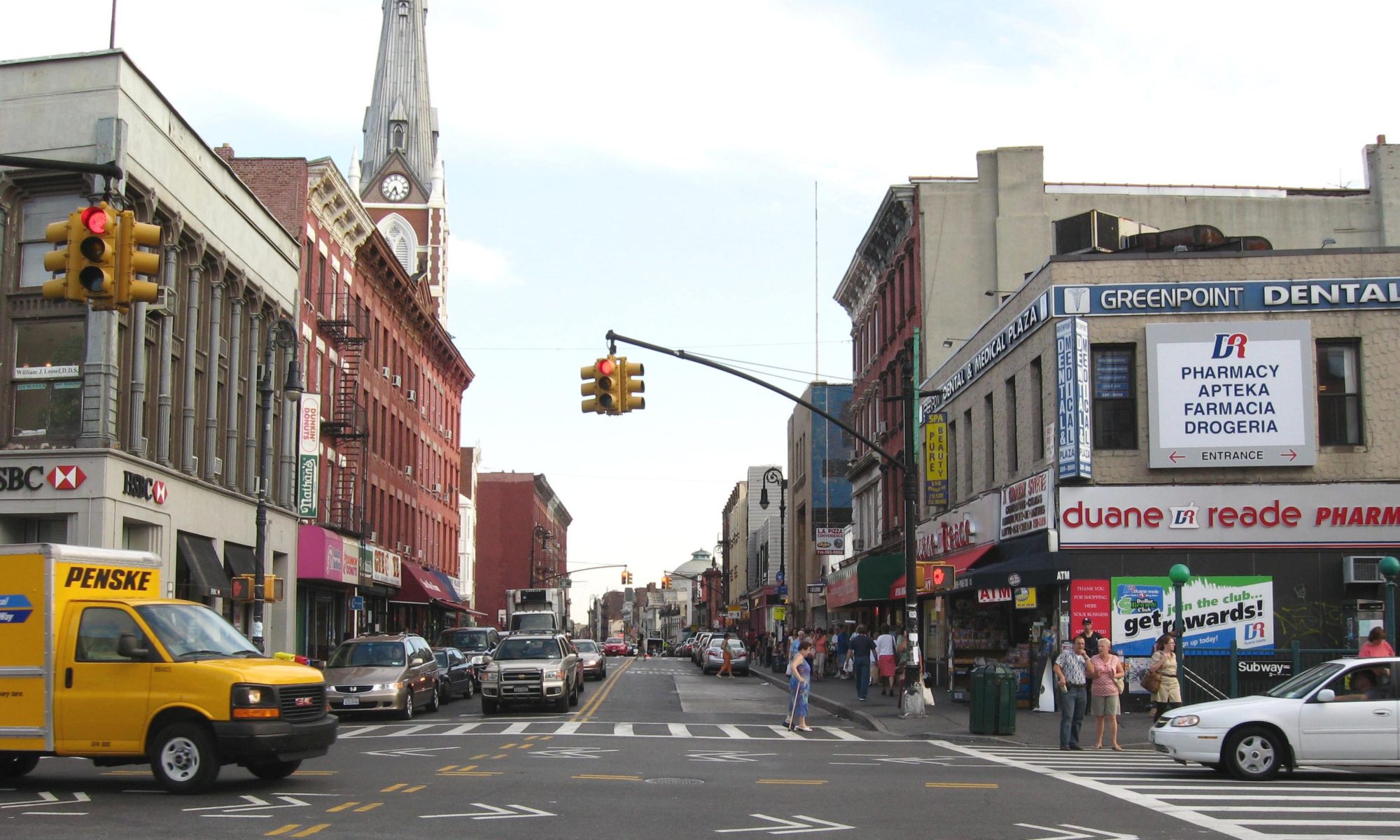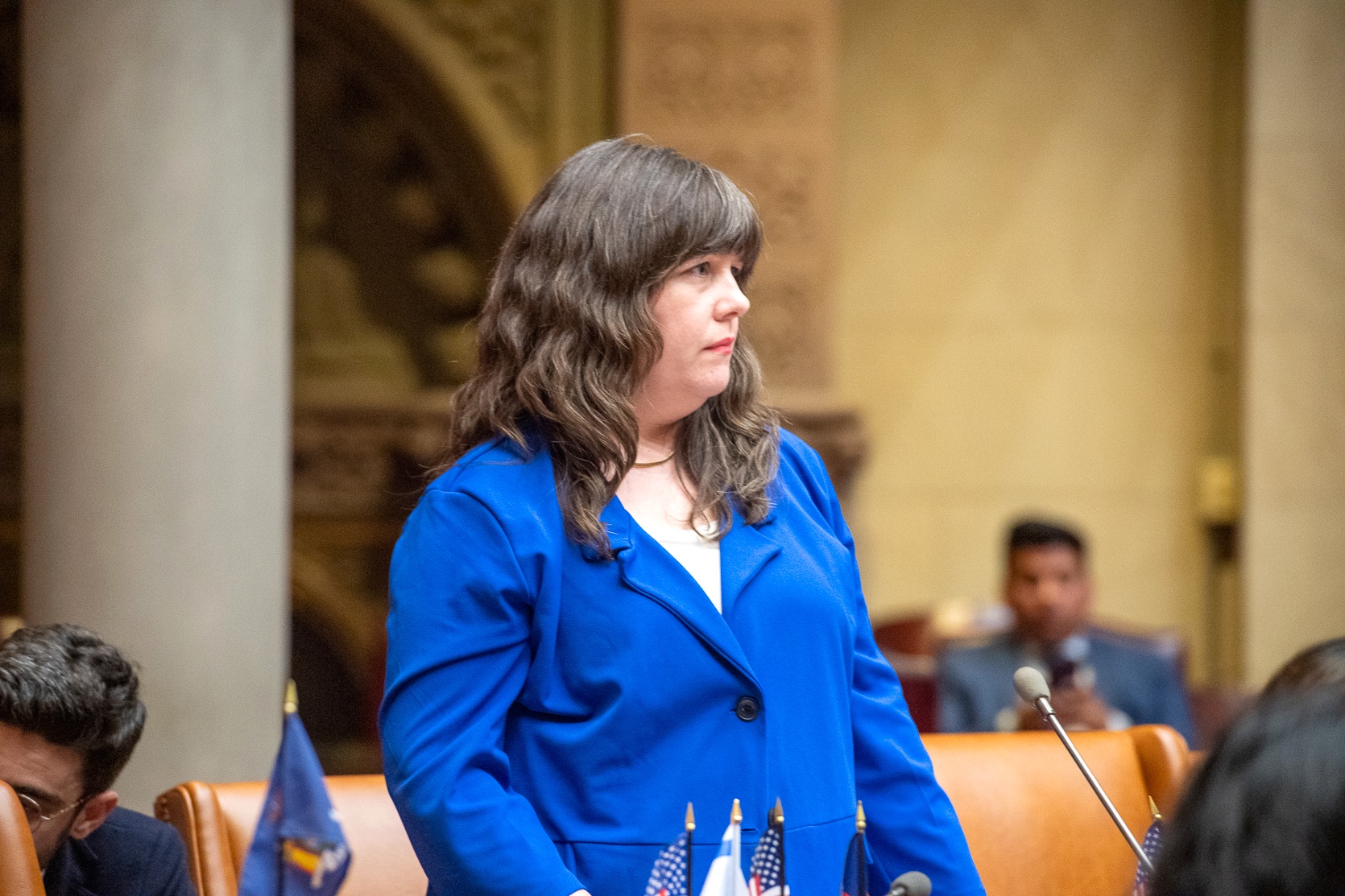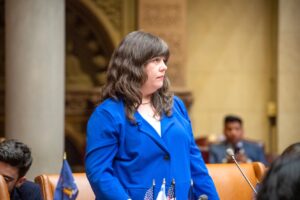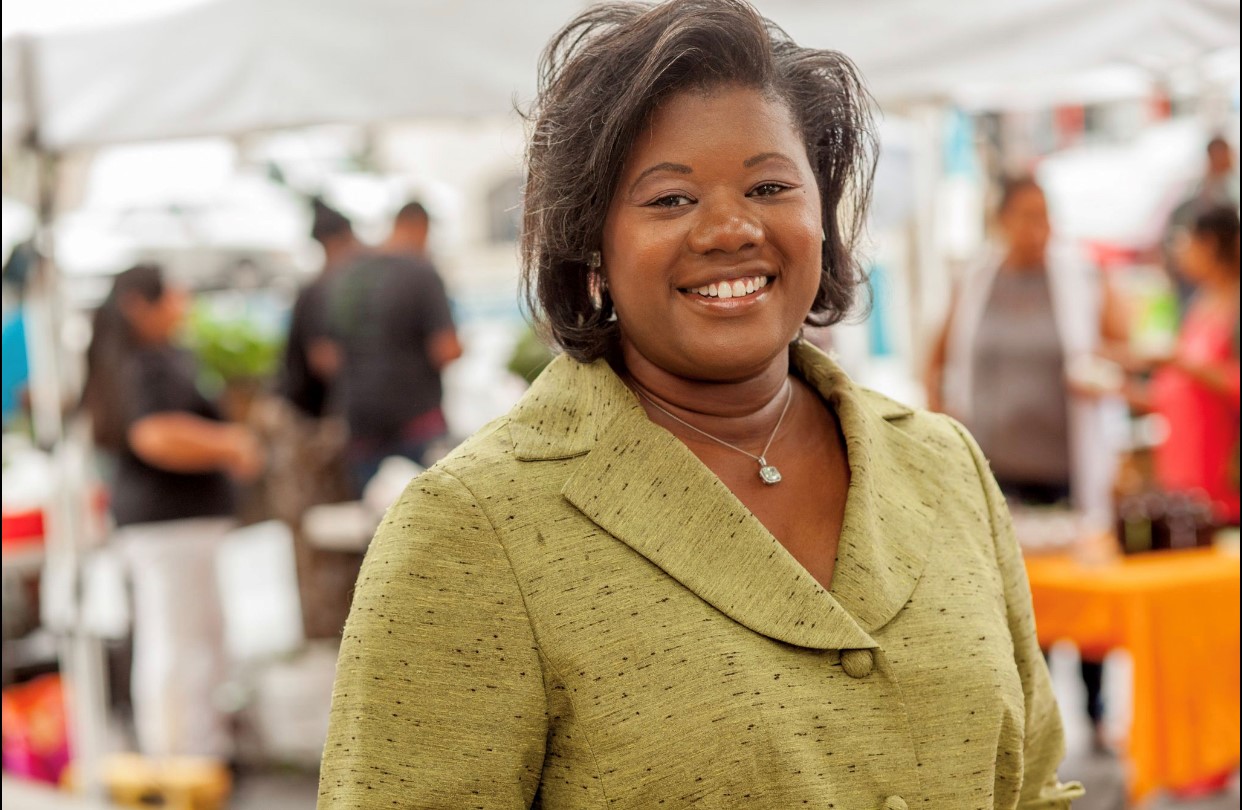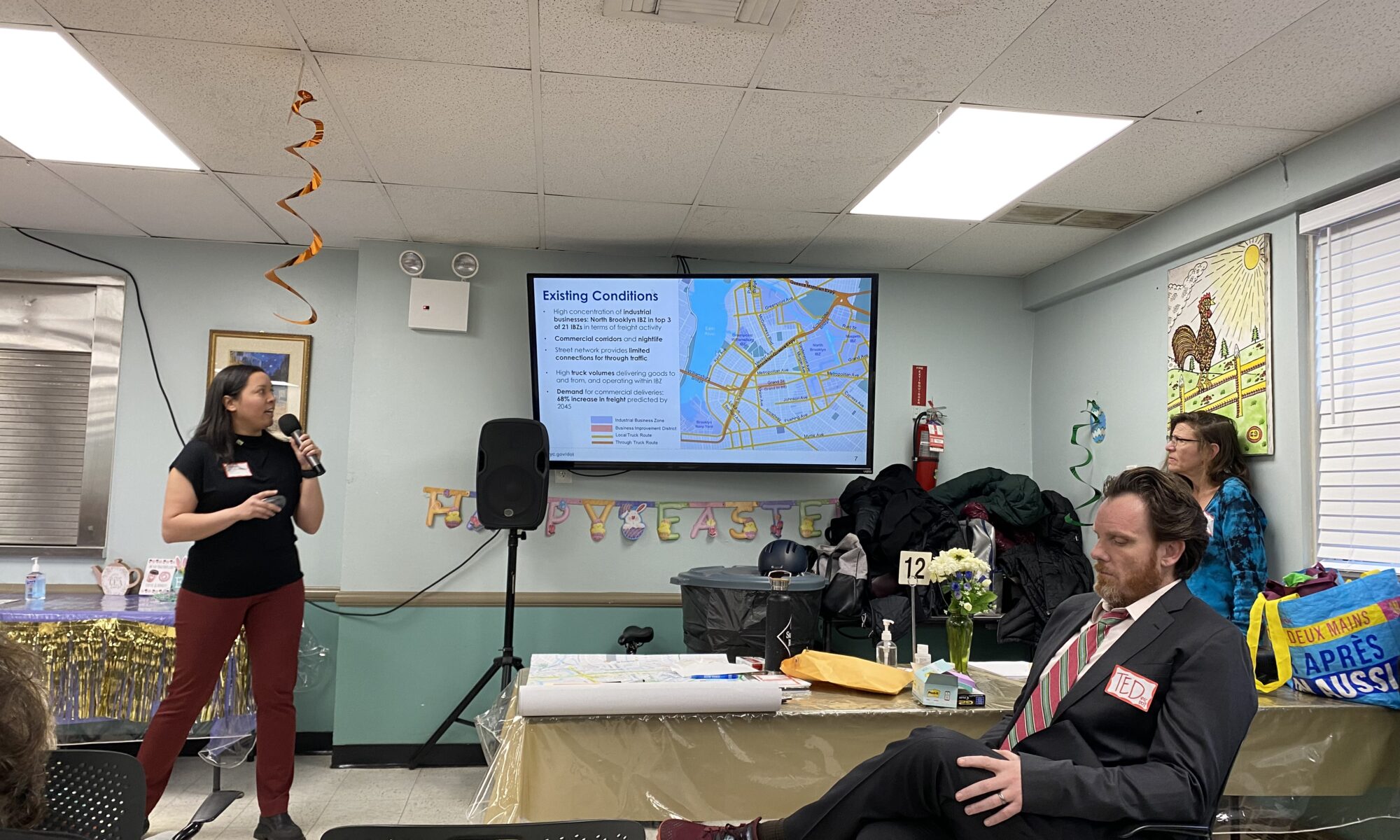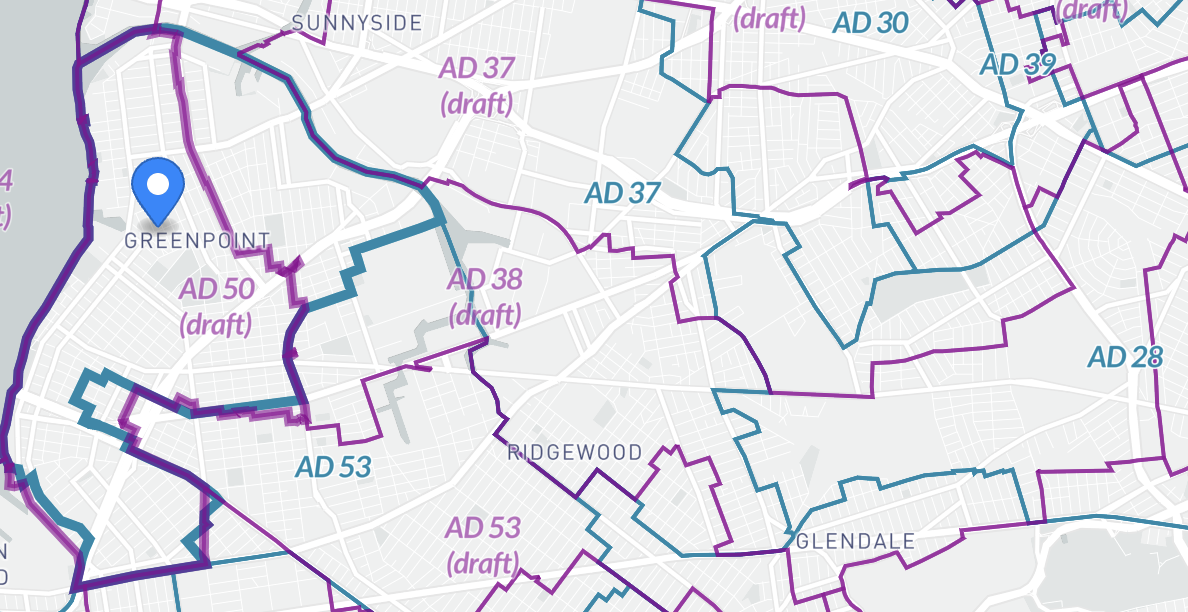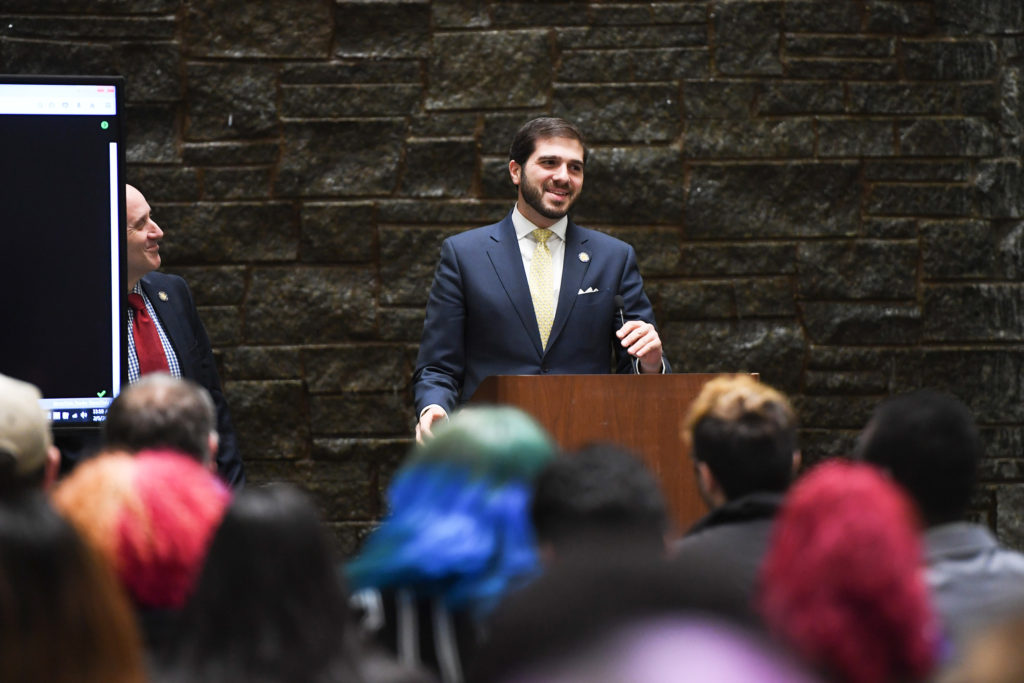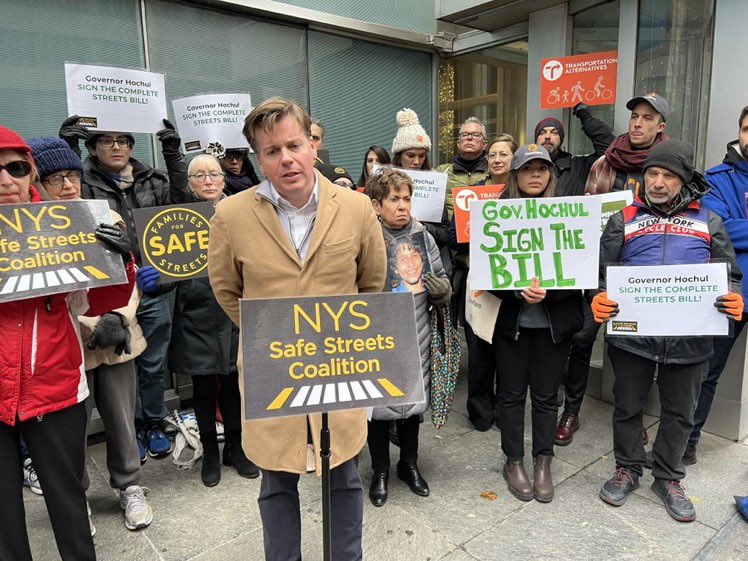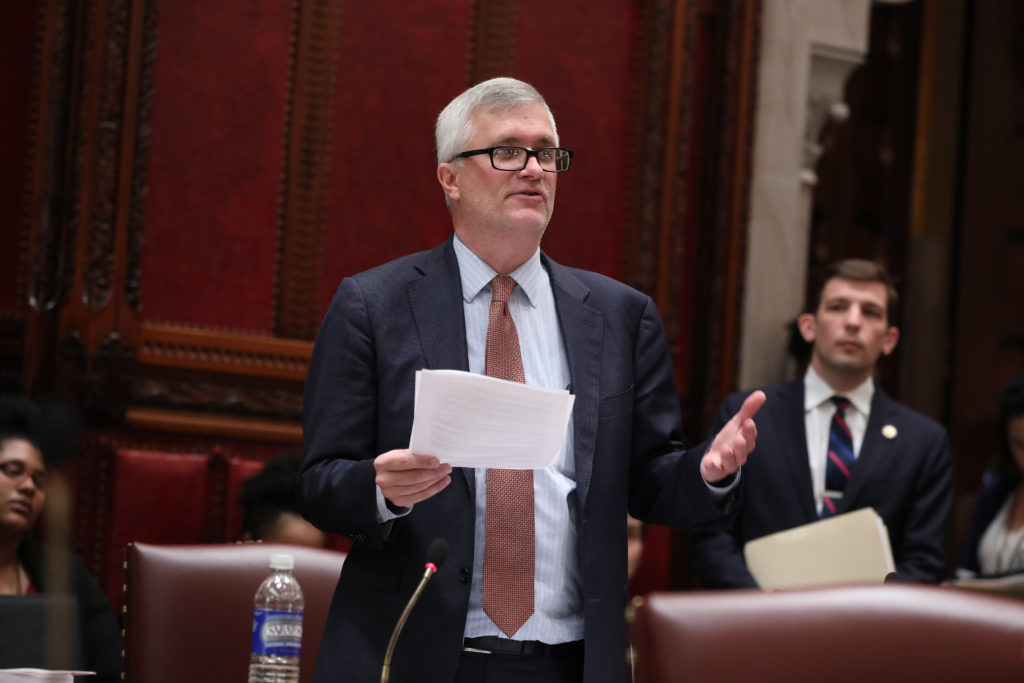By Oona Milliken | omilliken@queensledger.com
On any given Sunday on the outskirts of the Orthodox Hasidic community in South Williamsburg, passerby might turn the street to see hundreds of migrants gathered outside of Parcare, an unassuming private health clinic on Park Avenue, speaking animatedly in languages like French, Bengali, Arabic and Spanish.
The migrants are there for a drive that Parcare operates in order to help people who have recently arrived in the United States navigate the asylum seeking process, which includes information on how to obtain health insurance, registering for an IDNYC card and an Individual Taxpayer Identification Number, getting in contact with immigrant lawyers or finding permanent housing. Gary Schlesinger, founder and chief executive officer of Parcare, said the drive emerged when patients who spoke little English started turning up at Parcare around Nov. 2022 without insurance, identification or long-term housing.
“It started affecting us because all of a sudden, we started seeing people coming to our front desk asking for help,“ Schlesinger said. “So we jumped in, trying to help. I felt, ‘This is the right thing to do. This is the moral thing to do.’”
Levi Jurkowiz, community liaison for Parcare, said that Parcare runs three drives a week, on Wednesdays, Fridays and Sundays for anyone that might need assistance, but migrants are the primary visitors. Jurkowiz said Parcare is trying to help with the migrant crisis as much as they can, but he said he feels frustrated that there is no broader plan of action from the city and federal government.
“There is no plan, there’s an immigrant crisis. The people here are really, all of them, just looking to work, pay taxes and get their papers. We should help them get that,” Jurkowitz said. “I think there’s an issue with the federal government, they have to figure out what to do.”
According to Jurkowitz, the people who come into Parcare often live in shelters and speak little English, which makes it difficult to obtain health insurance, bank accounts, or a job as you need a permanent address to register, and it is difficult to find work if you do not speak the language. Jurkowiz said the system is incredibly difficult to navigate, and many newcomers arrive after long and arduous journeys with debt from cartels and other predatory lenders who make enormous profit off of smuggling migrants across the border.
“It costs them thousands and thousands and thousands of dollars to come here,” Jurkowiz said. “And the people who lend them the money aren’t the nicest people in the world.”
Ibrahim, 23, said he had traveled through five countries and several American states to come to New York from his home in Mauritania, a country located in Western Africa. We are only using Ibrahim’s first name to protect his identity. Ibrahim speaks French and Arabic but minimal English, and communicated via a mix of spoken word and Google Translate. According to Ibrahim, life in Mauritania was extremely difficult, and he felt confined by government constraints, social and family pressures as well as a lack of opportunities.
“I have a lot of problems with Mauritania. You can’t be free,” Ibrahim said. “I want to be free in my decisions, I want to do what I like to do.”
Ibrahim said he studied computer science and business in Tunisia before coming to the United States, and hopes to continue his studies. However, he said he has had trouble finding work and resources in the U.S. due to his uncertain legal status in the country. Ibrahim said that immigration services cater to people from Spanish speaking countries, and that many under-the-table job opportunities available to Spanish migrants are not given to African migrants. According to Ibrahim, it has also been hard adjusting to living in the shelters where there is a lack of showers and personal space, and that theft is a big issue.
“It’s very hard to live where I live,” Ibrahim said. “[In the shelter] we live 70 in one room, eight floors. The big problem for me for now is stealing. You have phone? Steal. You have bag? Steal. I have papers, they steal that.”
Schlesinger, who grew up in the Orthodox community in Williamsburg, said he feels an obligation to help the asylum seekers after hearing stories from his parents who escaped the Holocaust from Hungary.
“My father used to always tell me how grateful he was for anyone that used to help them because they came here with nothing. He was talking the immigrant language, you know, he was an immigrant,” Schlesinger said. “So, when I started looking into this, I thought, ‘You know, this is a crisis, let’s do something.’”
As of July 19, there are 54,800 migrants under New York City’s care with hundreds of people arriving in the city each day. In a press conference, Mayor Eric Adams said the crisis has reached its breaking point as news broke that newcomers have been turned away from overflowing shelters and forced to sleep on the streets; Adams urged President Joe Biden to give aid to the city in order to alleviate the issue.
According to Jurkowiz, squabbles between Republican and Democratic politicians have caused the situation, and that the migrants have been caught in the middle. Since April 2022, Texas Governor Greg Abott has been sending busloads of migrants to sanctuary cities like New York and Washington D.C. in order to protest the Biden administration’s border policy. Since last spring, New York City has seen an influx of 90,000 migrants and asylum-seekers. Schlesinger said that the work Parcare does is not enough to help all the people arriving into the city, and that there needs to be more money and infrastructure to deal with the issue.
“Let’s face it, the money really comes from the federal government, that’s where the billions are,” Schlesinger said. “And if they don’t recognize this as a crisis, there’s a big issue here because there’s thousands of people and if the money isn’t going to come from Washington, God knows where this is going to end. Private people like us can only do so much.”
